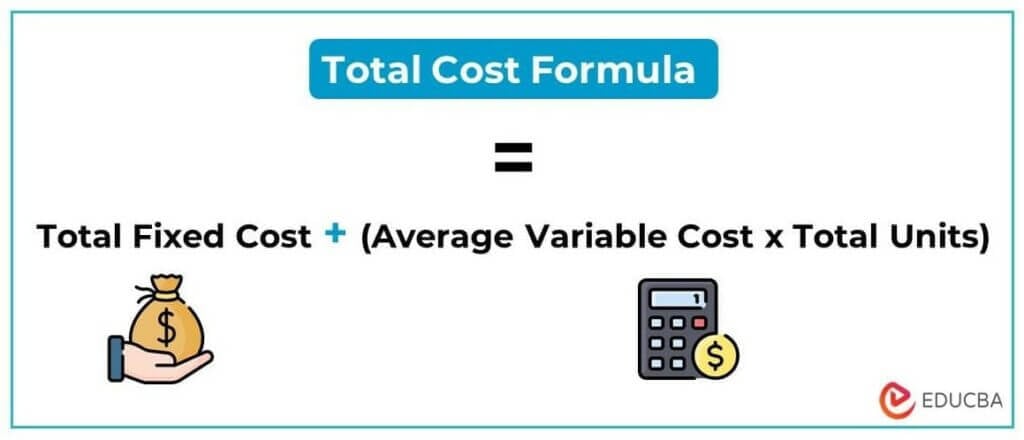Period Costs Definition, Example, vs Product Costs

To understand the concept of traceability further, see our comparison of direct vs indirect costs, which discusses the nature of the costs and provides some examples. Period expenses are important to know about because they can have a direct impact on both reducing costs and increasing revenue. Examples include production materials consumed in making a product and commissions paid to salespeople. Operating expenses are costs that businesses expect to incur in their attempts to generate revenue. What is paid during that period was $100,000 in rent and utilities, but only $10,000 in insurance and property taxes because a storm damaged the roof of one of its properties. Period expenses are costs that help a business or other entity generate revenue, but aren’t part of the cost of goods sold.
Period Costs vs Product Costs
Unlike period expenses, operating expenses often cannot be easily identified by when payments are received or made during the accounting periods that they affect. Tracking product costs accurately impacts inventory valuation and COGS. For example, understating product costs decreases COGS and increases net income. Because period costs immediately impact net income, managing them helps businesses increase profitability. By understanding the key components of period costs, managers can better control overhead spending and analyze expense trends over time.
Period Cost vs Product Expense
The cost of 300 units would be transferred to cost of goods sold during the year 2022 which would appear on the income statement of 2022. The remaining inventory of 200 units would not be transferred to cost of good sold in 2022 but would be listed as current asset in the company’s year-end balance sheet. These unsold units would continue to be treated as asset until they are sold in a following year and their cost transferred from inventory account to cost of goods sold account.

Is an example of a period cost rather than a product cost?
Careful analysis of period versus product costs, combined with targeted strategies to control overhead and optimize production, can yield significant cost savings and competitive advantage. Instead, they are capitalized as assets on is rent a period cost the balance sheet as part of inventory. Only when inventory is sold are these costs transferred to the income statement as COGS. If that reporting period is over a fiscal quarter, then the period cost would also be three months.
The period costs are reported as expenses in the accounting period in which they 1) best match with revenues, 2) when they expire, or 3) in the current accounting period. In addition to the selling and general administrative expenses, most interest expense is a period expense. Allocable but nontraceable costs to products and services—like our electricity example above—are called manufacturing overhead (MOH). We still include MOH as part of product costs even if we can’t trace them directly. Product and period costs are the two major classifications of costs that have different accounting treatments. Product costs are related to the cost of purchasing inventory for sale or performing a service.
Also, interest expense on a company’s debt would be classified as a period cost. Inventoriable costs are the costs incurred in the manufacturing or acquisition of a product. These costs are initially recorded in the balance sheet as current assets and do not appear in the income statement until the first unit is sold.
So, in the financial statements, it’s a key player in the Cost of Goods Sold (COGS) section on the income statement. In a gross lease, the tenant pays a fixed amount of rent, and the landlord is responsible for covering all property expenses, including property taxes, insurance, and maintenance costs. Tenants prefer gross leases because monthly rent expense is usually lower, consistent, and easy to understand in this type of lease. Depending on the type of business, rent expense can be a material portion of operating expenses or a negligible one. For retail businesses that do not own their own property, rent expense is one of the main operating expenses, along with employee wages and marketing and advertising costs. The conversion cost takes labor and overhead expenses into account, but not the cost of materials.
- These costs represent the financial resources invested in the production process.
- The concept of product vs period costs is a subset of cost accounting.
- The period costs are reported as expenses in the accounting period in which they 1) best match with revenues, 2) when they expire, or 3) in the current accounting period.
- Manufacturing companies typically spend low amounts in rent expense as a percentage of total expenses.
So, product costs become your pricing compass, guiding you to set prices that keep your bakery in business. Period costs are the expenses in a business that aren’t directly linked to making specific products or services. Instead, they’re more about keeping the business running smoothly and supporting its overall operation. Product costs are the expenses directly tied to the creation of goods or services within a business. These costs represent the financial resources invested in the production process.

